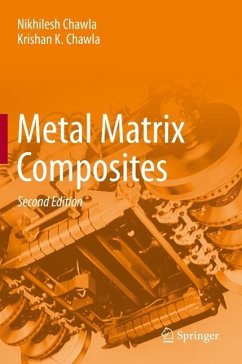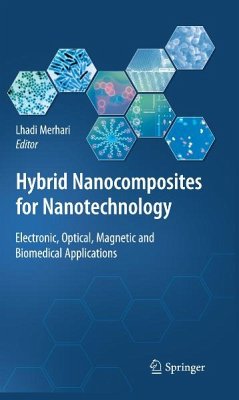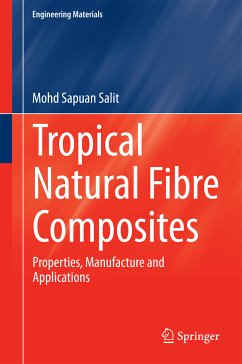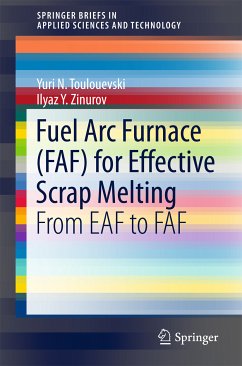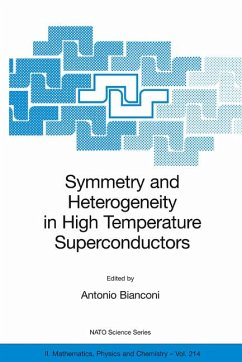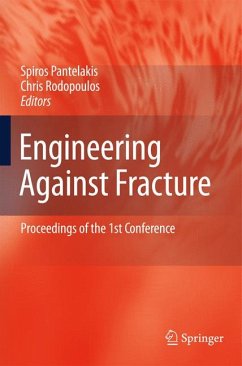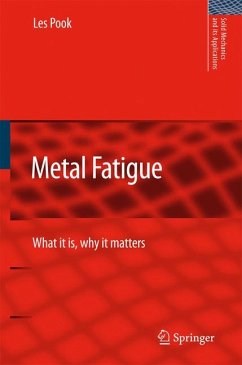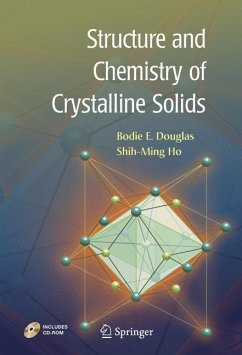
Metal Matrix Composites (eBook, PDF)
Versandkostenfrei!
Sofort per Download lieferbar
112,95 €
inkl. MwSt.
Weitere Ausgaben:

PAYBACK Punkte
56 °P sammeln!
In the last few years, a significant increase in applications of MMCs has taken place, particularly in the areas of automotive, aerospace, electronics, and recreation. These include continuous fiber reinforced MMCs for cables in power transmission, high temperature superconducting wires, particulate MMCs in civilian aircraft and automotive applications, and high volume fraction, high thermal conductivity substrates for electronic packaging. Nevertheless, as with any novel material systems, there is a lack of fundamental understanding on the part of practicing engineers and designers. This book...
In the last few years, a significant increase in applications of MMCs has taken place, particularly in the areas of automotive, aerospace, electronics, and recreation. These include continuous fiber reinforced MMCs for cables in power transmission, high temperature superconducting wires, particulate MMCs in civilian aircraft and automotive applications, and high volume fraction, high thermal conductivity substrates for electronic packaging. Nevertheless, as with any novel material systems, there is a lack of fundamental understanding on the part of practicing engineers and designers. This book would seek to address these issues, in a thorough and cohesive manner, as well as to provide students and scientists with a basic understanding of MMCs. This book will emphasize the synergistic relationships among processing, structure, and properties of metal matrix composites.
Dieser Download kann aus rechtlichen Gründen nur mit Rechnungsadresse in A, B, BG, CY, CZ, D, DK, EW, E, FIN, F, GR, HR, H, IRL, I, LT, L, LR, M, NL, PL, P, R, S, SLO, SK ausgeliefert werden.




